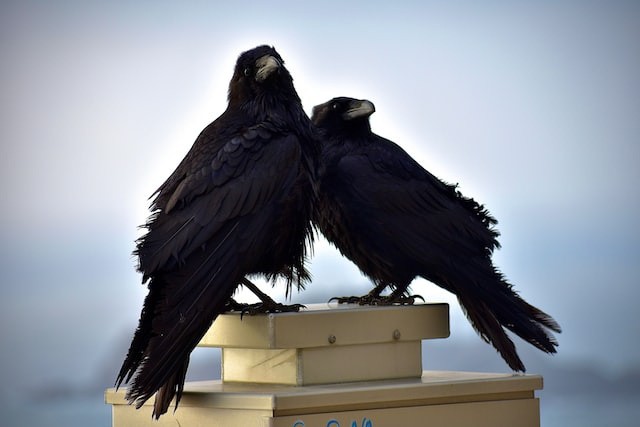According to researchers, climate change could be one of the reasons why the so-called devil bird, recognized for its incessant late-night mating call, has become increasingly common in Melbourne's outer suburbs.
Devil bird sightings in Melbourne raise migration
The koel, a migratory bird, typically comes in Australia from Papua New Guinea and Indonesia in late September to early October to breed, whenever the male sings his advertising call day and night to entice a female, as per The Guardian.
According to Jacinta Humphrey, a La Trobe University researcher who studies urban bird communities, koels have been almost rarely seen in Melbourne until recently and had become more common in New South Wales and Queensland.
Sean Dooley, public affairs manager at Birdlife Australia, stated that there was no doubt koels were becoming increasingly common in Melbourne.
According to Birdlife Australia's most recent annual bird count, 121 koels were seen in 2022, according to Dooley.
Michael Clarke, an emeritus professor of zoology at La Trobe University, has indeed been currently undertaking bird surveys at Victoria's most southerly point, Wilsons Promontory, for 17 years.
He claimed that koels, a cuckoo species, lay their eggs in the nests from other birds to feed them.
More research, according to Humphrey and Clarke, is needed to determine why koel migration routes have been changing.
Other factors, according to Dooley, could be an increase through food in Melbourne suburbs as well as an abundance of host species, such as wattlebirds.
Bird's call and song voice
One of the initial signs of spring is the melodic song of thrushes, warblers, and finches.
Birds use their elaborate songs to attract a mate and protect their territories from conspecific rivals of the same species, as per thenatureeducation.
The sounds made by birds can be divided into two categories: calls and songs.
A call is typically a short and simple vocalization, which indicates flight or danger and is produced all year.
A song is typically a lengthy and complex vocalization produced during breeding season.
Songs are divided into phrases that are made up of a series of syllables. In turn, syllables are made up of a series of single notes.
Migration increase population of birds

The size of a bird population in a specific area can be significantly influenced by migration.
Crossbills, for example, may flock in large numbers to a habitat that provides a plentiful supply of conifer seeds during the season, as per Stanford.
The crossbills reproduce and then migrate. Immigration increases the local population, whereas emigration decreases it.
Crossbills are indeed an extreme case, and their nomadic behavior is typically ignored in studies of population dynamics.
The short-range movement of non-territorial males into unoccupied territory that is suitable for territories has the greatest influence on the size of bird populations.
It is also worth noting that migration among wintering and breeding grounds is not normally important in population dynamics, except in terms of migrant mortality.
Every year, birds from the same breeding population come back to the same area to nest.
© 2025 NatureWorldNews.com All rights reserved. Do not reproduce without permission.





